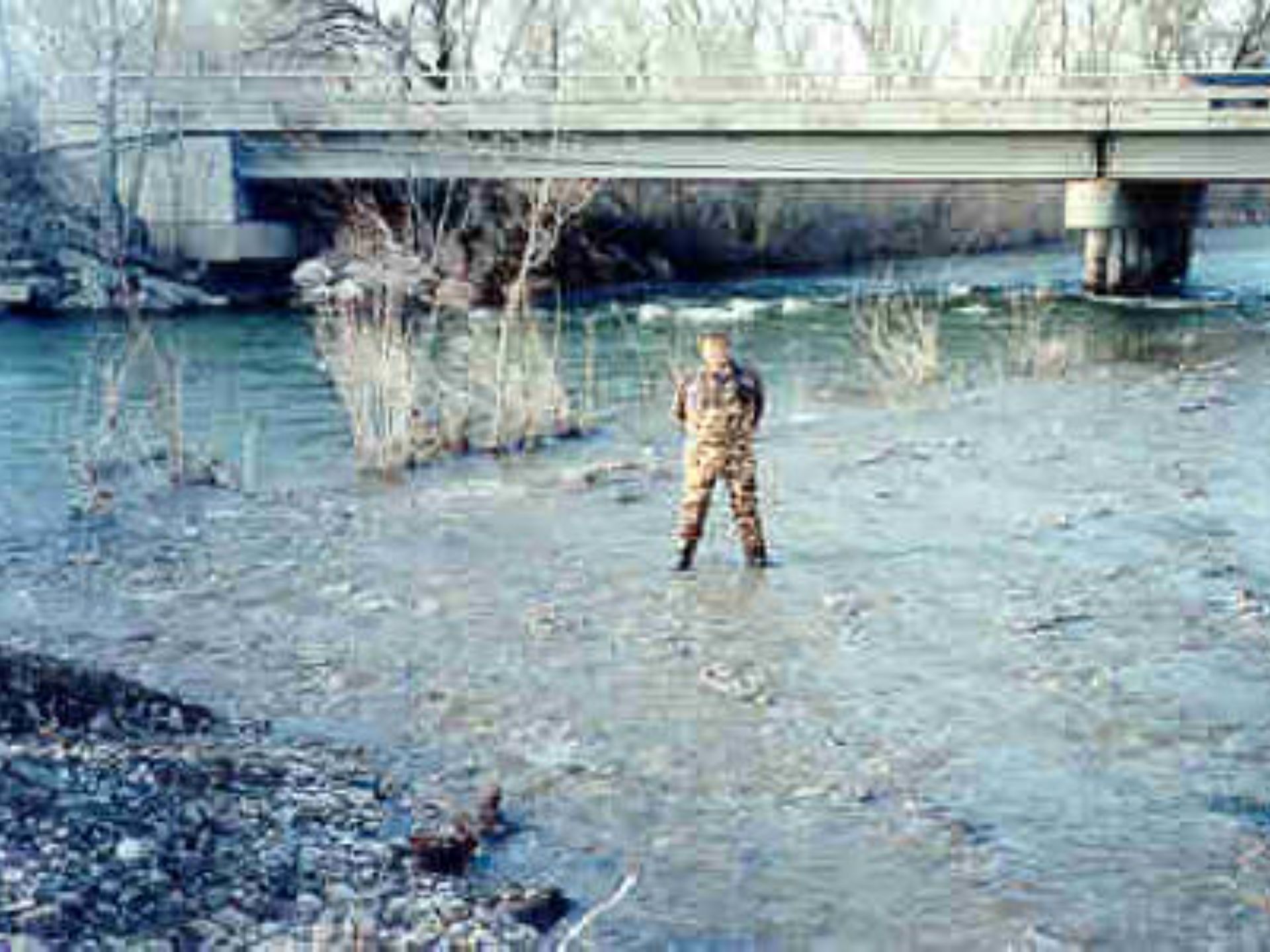
A worker is positioned at the downstream location where sediment-laden water is re-entering the Weber River.
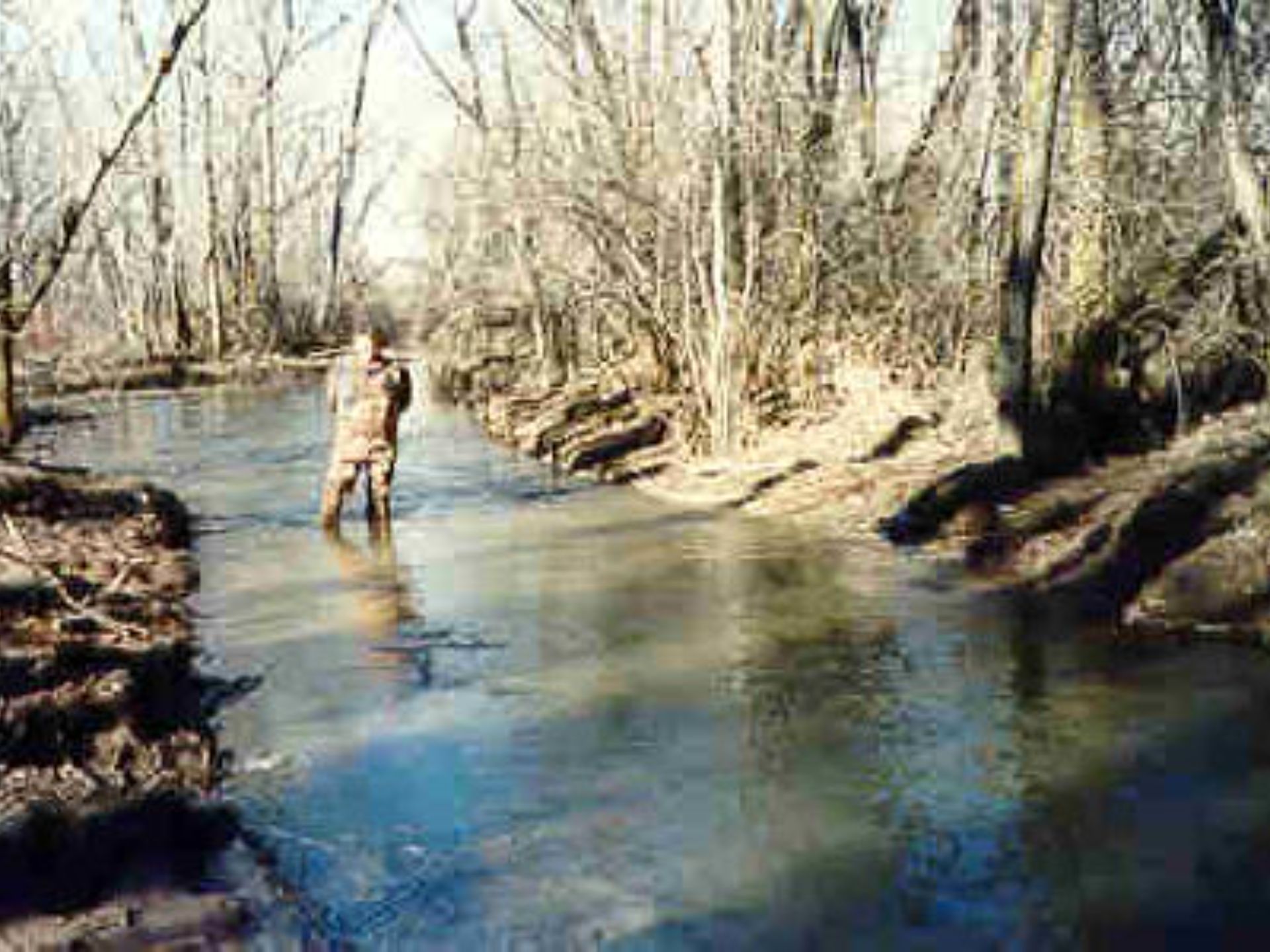
Although the water depth was relatively shallow, at approximately 2ft, the force of the flowing current proved too strong for the native fill material to withstand. The persistent movement of the water continuously eroded and displaced the material, ultimately making the earthen cofferdam ineffective for containing the river flow.
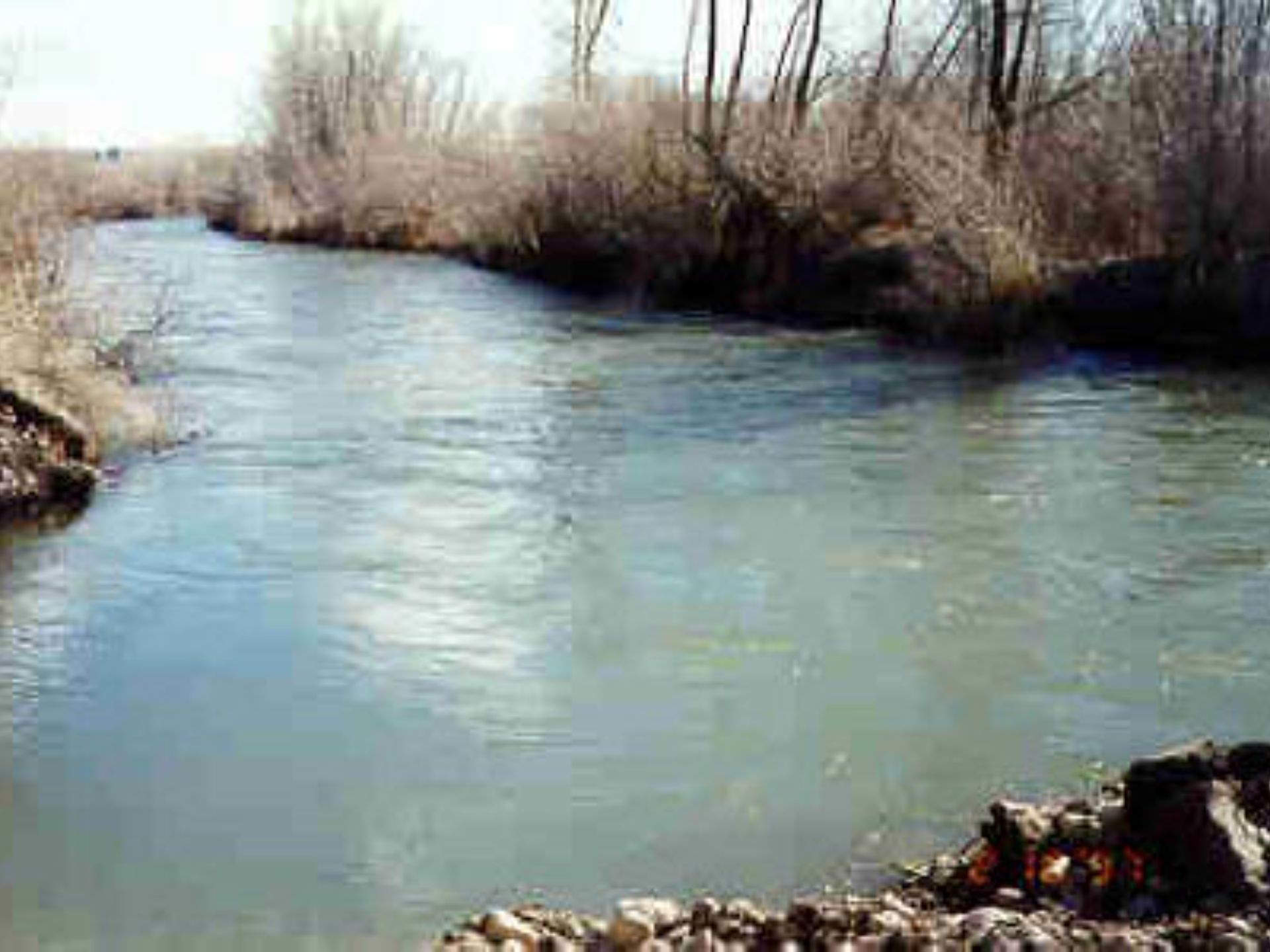
The 20-foot-long earthen cofferdam, constructed using native fill material, continuously eroded, washing away as quickly as it was placed. Despite three days of effort, the contractor was unable to contain the river, leading to the discharge of countless tons of sediment downstream. This repeated failure highlights the limitations of traditional earthen cofferdams in dynamic flow conditions, emphasizing the need for more effective and environmentally responsible solutions, such as AquaDams®.
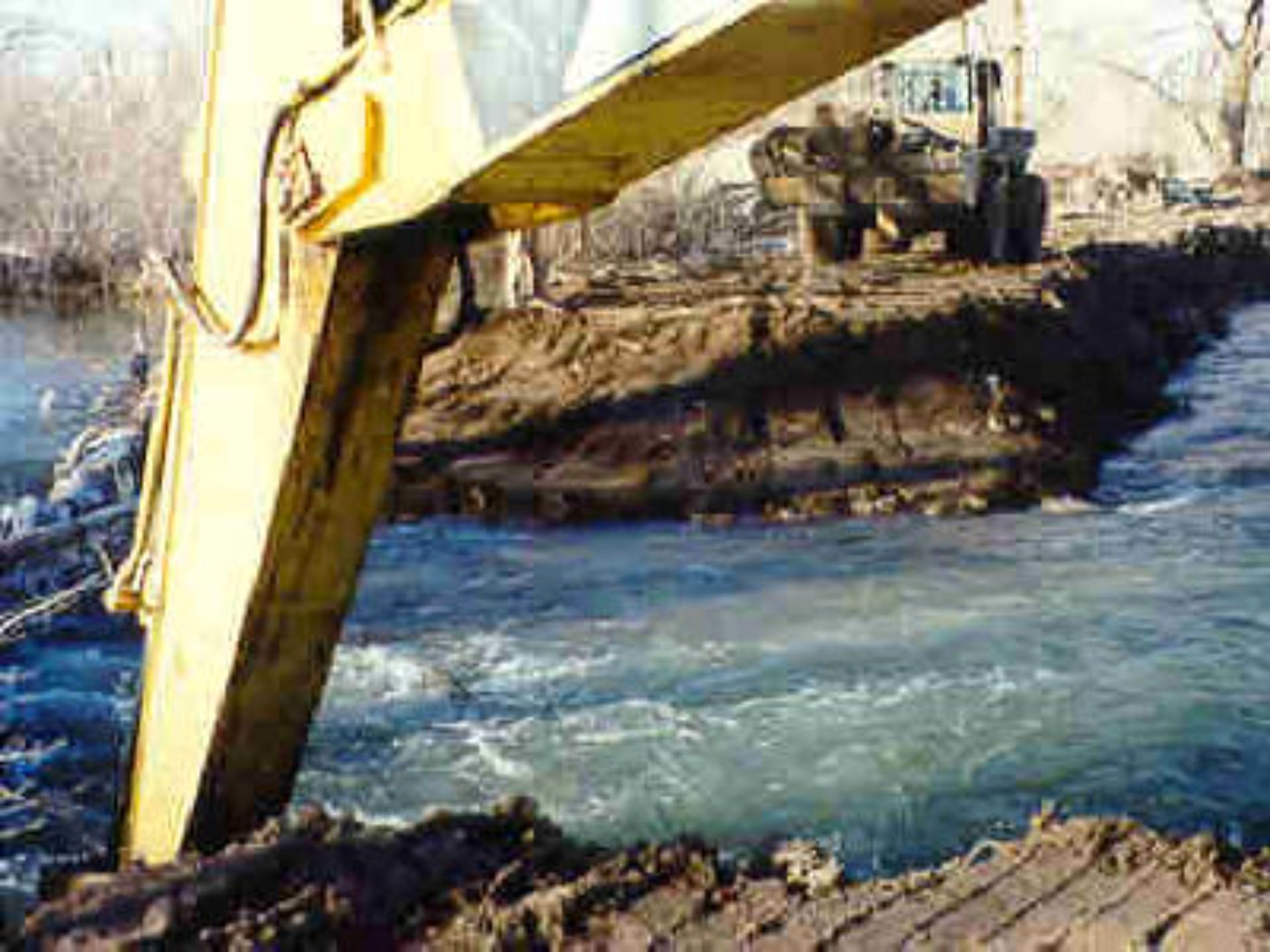
Preventing sediment-laden runoff is a key reason why AquaDams® have become the preferred method for river diversion. Unlike traditional earthen fill cofferdams, which can contribute to erosion and water contamination, AquaDams® create an effective barrier while minimizing environmental impact. Their ability to quickly deploy and maintain stability in dynamic flow conditions makes them a reliable, efficient solution for water control projects.

The diversionary channel lacked sufficient capacity to accommodate the full flow of the river without triggering significant erosion, the exact issue the contractor sought to avoid. As a result, the attempt to redirect the water proved ineffective, highlighting the challenges of using earthen fill material for temporary cofferdam construction in dynamic river environments.
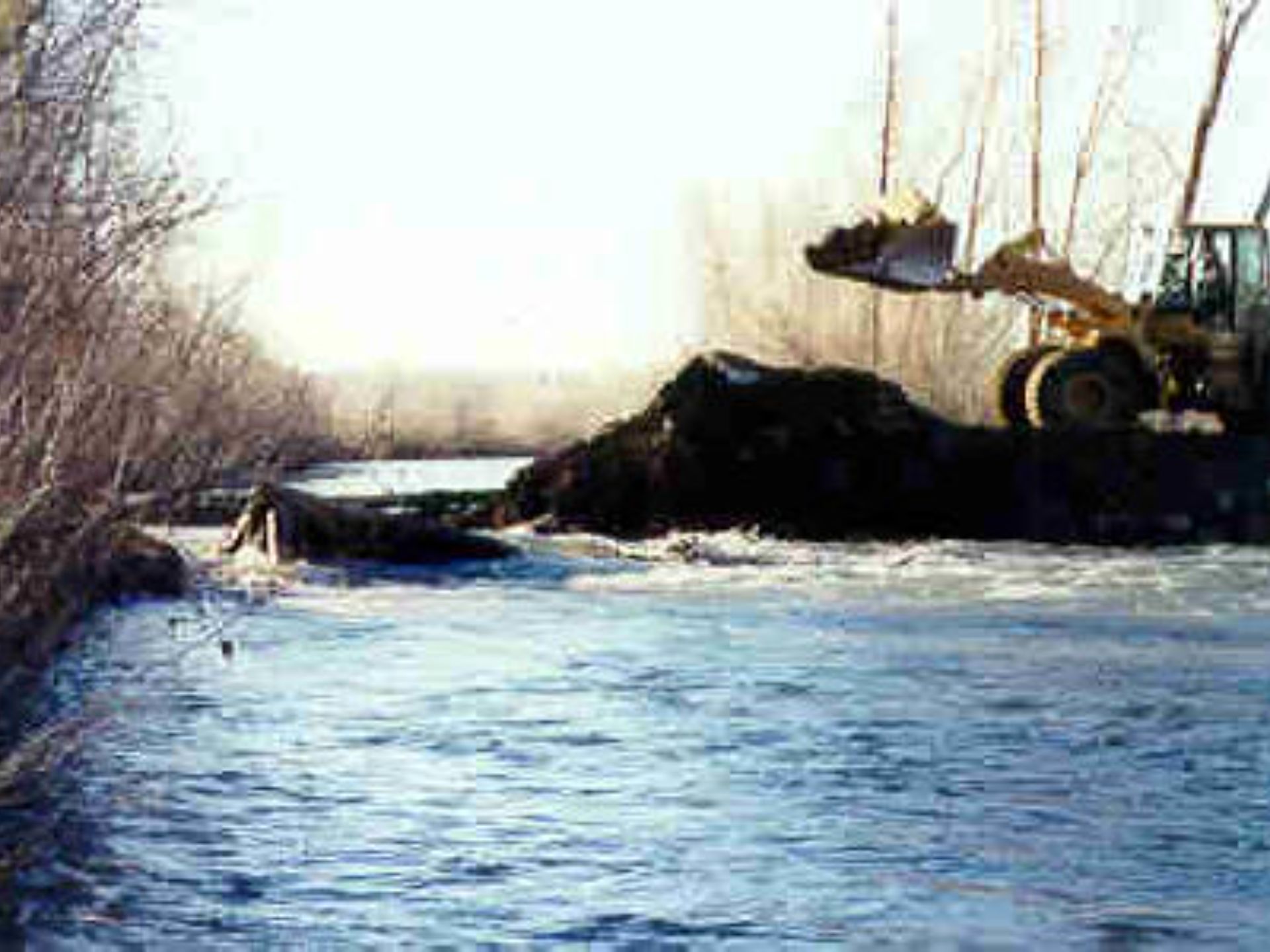
The traditional method for constructing a temporary cofferdam in a river typically involved using earthen fill material and heavy equipment. In this case, the contractor attempted for three days to deposit sufficient fill material into the Weber River in Riverdale, Utah, aiming to block the flow and redirect it through a diversion channel. However, the fill material repeatedly washed away, preventing successful containment.
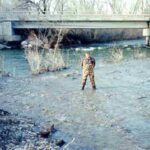
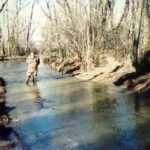
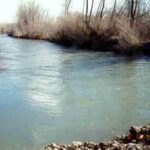
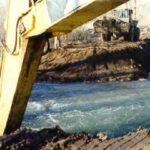

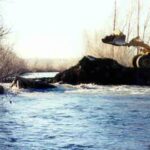
Weber River, Earthen Fill Temporary Cofferdam, “The Old Way of Water Management”
